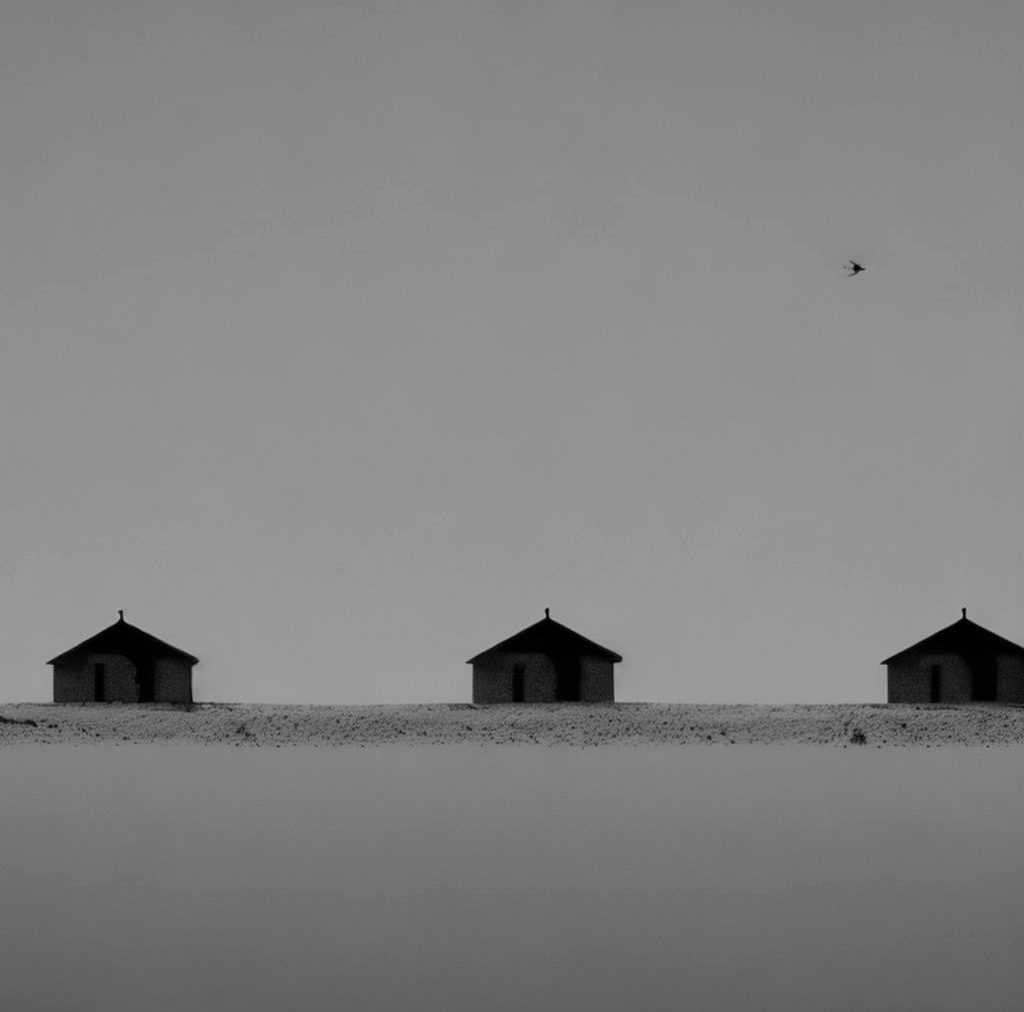In The Myth of Sisyphus, Camus says that there exists between art and the absurd a contradictory relation, a non-simple relation, a relation full of tensions; a relation in which art both affirms and resists the absurd.
For Camus, “if the world were clear, art would not exist”. The non-clarity of the world, which takes place as silence and refusal, leads to the emerging of art, according to Camus. Art is thus both a result of and a response to the absurdity of human existence.
The absurd artist, Camus says, clearly sees the limits of meaning and completely realizes the limitedness pertaining to human existence, that is, the limitedness first made possible by the silence of the world and its refusal to answer our calls. The absurd artist realizes the limits of art, meaning, truth, and thinking, and never endeavors to go beyond them. Yet this does not mean that absurd art is a form of surrender.
The absurd artist creates together with and against the limits. That is, the absurd artist creates and thinks because of and despite the limitedness governing and defining the human condition. Absurd art creates that which affirms and resists the limits of creating.
For Camus, genius means seeing the limitedness of all thinking clearly; genius is realizing and accepting the non-completion of every creation.
The thinking of the absurd artist is clear and lucid; it is thinking against perfection and completion. If meaning is never complete and perfect, since it is pervaded and rendered limited by meaninglessness, then why should art be complete and perfect?
In other words, the limitedness pertaining to human existence also pervades thinking and all attempts at creating. Thinking and creating cannot escape what permeates human existence and defines the human condition, that is, meaninglessness, futility, and absurdity.
Thinking is thus thinking within and against the limitedness of thought. The absurd artist responds to this limitedness by never producing a finished work of art, by defying art itself.
The absurd artist never attempts to expand the limited scope of thinking. Camus says that the absurd artist thinks the most clearly of all because there is in this lucid thinking a realization that art neither provides salvation nor renders possible an escape from meaningless, silence, and futility.
Absurd art neither hopes nor despairs, for it belongs to the silence of the world, it emerges from this silence and never endeavors to leave it behind.
The absurd artist neither mystifies art nor turns it into an infinite horizon. The absurd artist creates only in the space rendered possible and apparent by the absurdity of existence.
Camus says that the absurd artist experiences “a metaphysical honor in enduring the world’s absurdity”. Absurd art is thus neither an attempt at changing the world nor an endeavor to overcome the absurdity of existence and the silence of the world.
The absurd artist neither endeavors to escape human existence by referring to an elsewhere nor attempts to transcend the human condition toward a certain beyond.
The absurd artist realizes that art provides no refuge or escape from the absurdity of existence; the absurd artist realizes that the work of art is “itself an absurd phenomenon”.
There is in absurd art a realization that the distance separating the human being from the world is also what joins the world and the human being together. Absurd art welcomes and celebrates what joins the human being and the earth together, what renders them related.
The togetherness of the earth and the human being is the origin, scope, and destination of absurd art. Absurd art maintains and confirms the gap separating the world from the human being, for this gap is itself what defines human existence itself.
This gap cannot be evaded or transcended. Absurd art creates from out of this gap and toward it; it creates because of it and despite it.
Absurd art investigates the question: Could we live with the absurd or should we die of it? Absurd art recognizes the heaviness of the absurd and creates from out of it: “War cannot be denied. One must live it or die of it. So it is with the absurd: it is a question of breathing with it, of recognizing its lessons and rediscovering their flesh. In this regard the absurd joy par excellence is creation.”
Absurd art is thus an attempt at creating what says and conveys the silence of the world, the absurdity of existence, and the meaninglessness of life. This creating, this attempt at creating, brings about joy, absurd joy.

